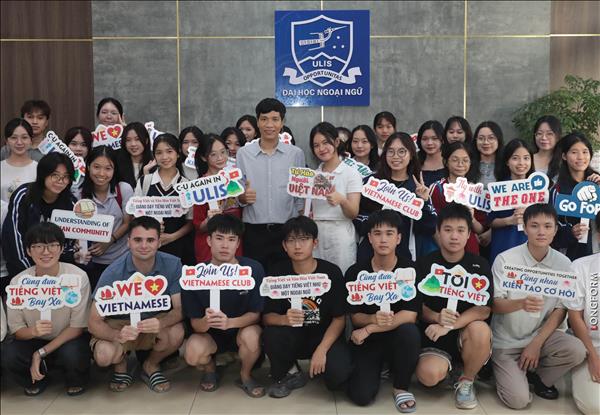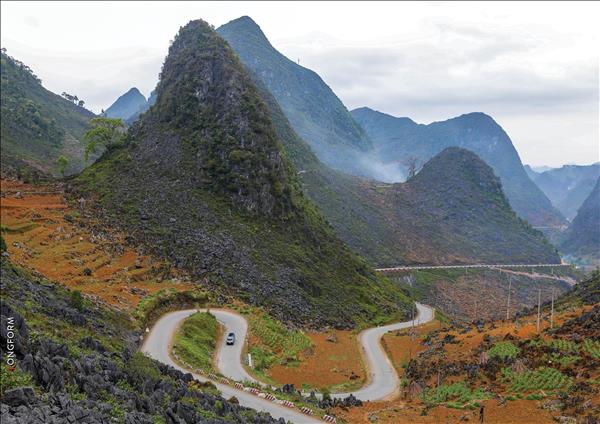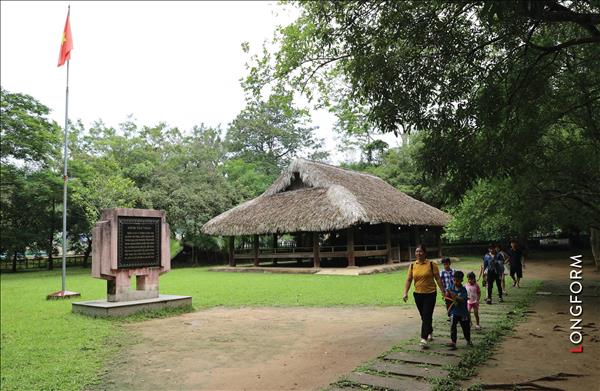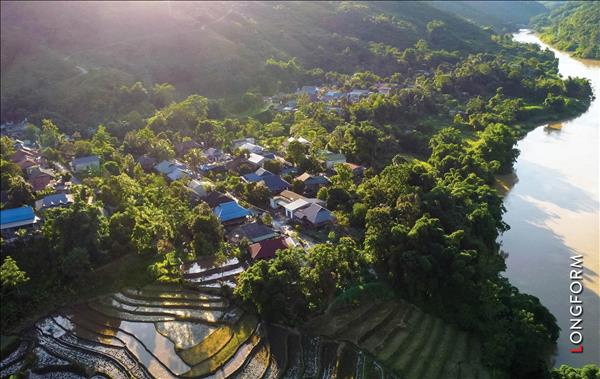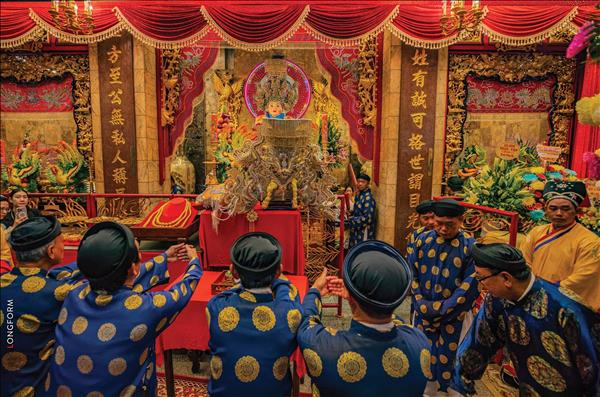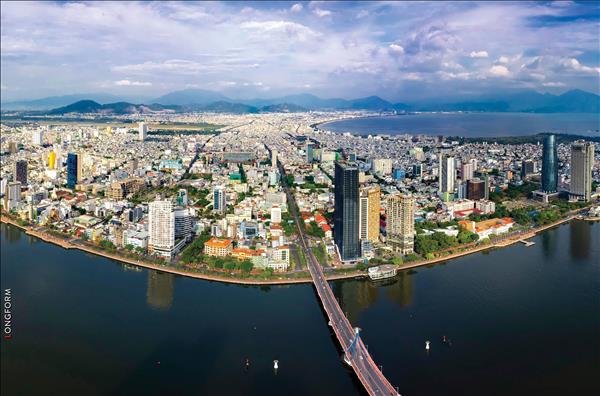Old silk villages
In a beautiful wooden house next to a green secular mulberry garden in Hoi An, Le Thai Vu, a well-known silk trader in Vietnam, was receiving silk merchants from China, Japan, Thailand, France and Italy.
Vu, who owns Quang Nam Silk Joint Stock Company, often spends a lot of time introducing the history, potential and advantages of Vietnam’s silk industry while working with foreign partners. Vu believes such information is valuable for ranking the quality and grade of the silk because silk reflects the culture of a nation.
|
Quang Nam people have a 400-year tradition of raising silkworms. Photo: Thanh Hoa Silkworm cocoons before being spun into fibers. Photo: Thanh Hoa 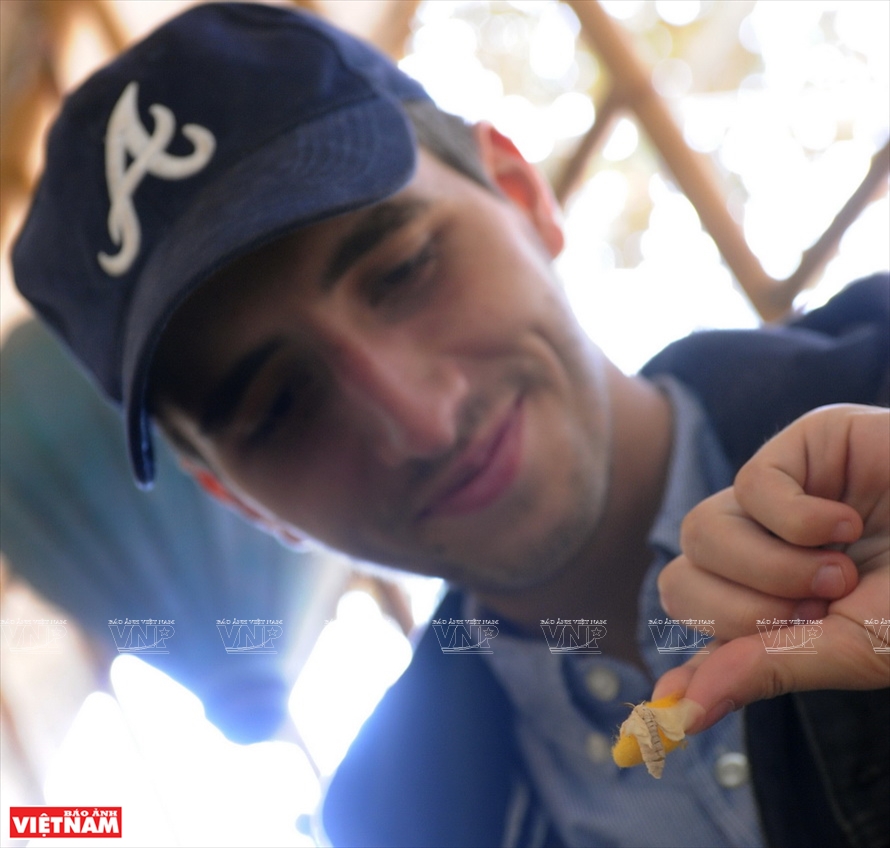 A foreign visitor to Van Phuc silk village in Hanoi explores how a silkworm produces silk fibers. Photo: Thanh Giang Quang Nam people still keep the traditional techniques of making silk from worms, which date to about 400 years ago. Photo: Thanh Hoa 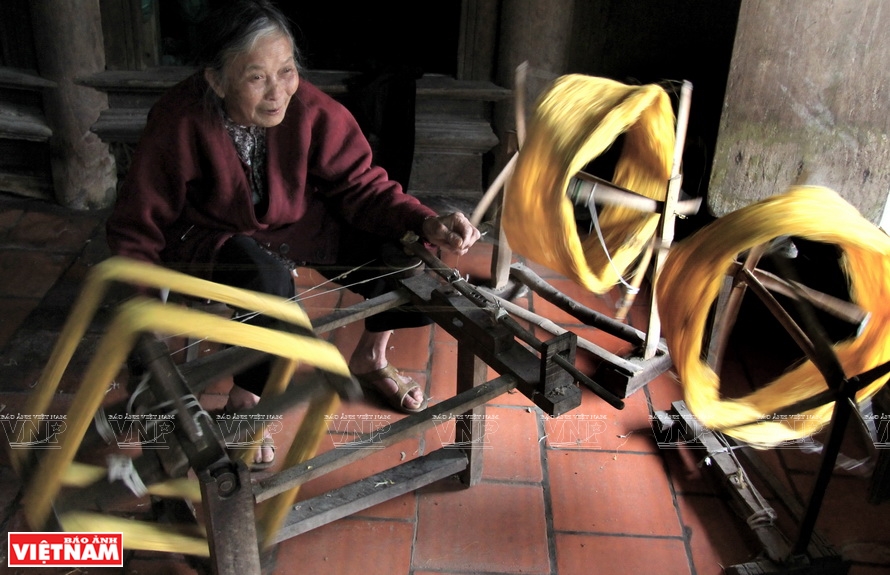 Spinning fibers at Co Chat silk village in Nam Dinh. Photo: Trinh Bo 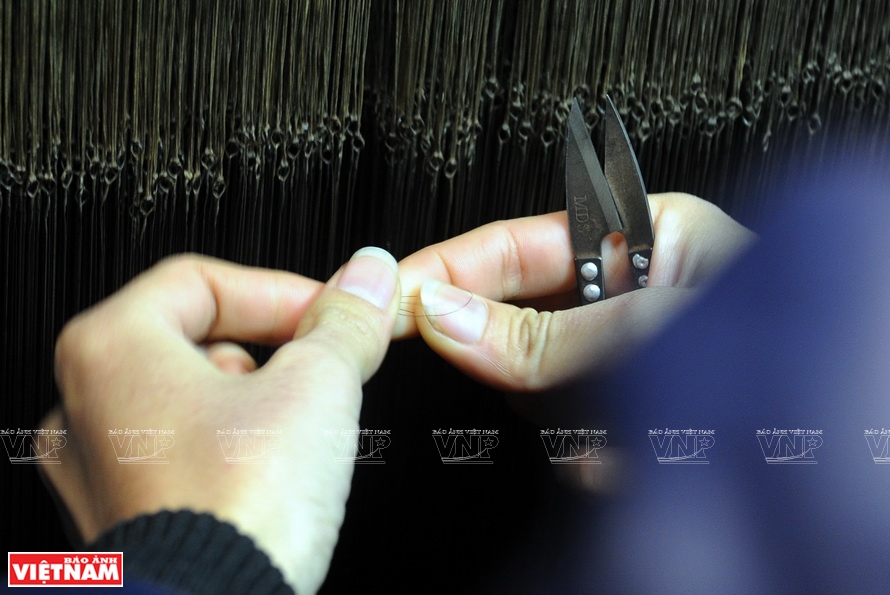 Joining fibers while weaving, a sophisticated technique. Photo: Thanh Giang 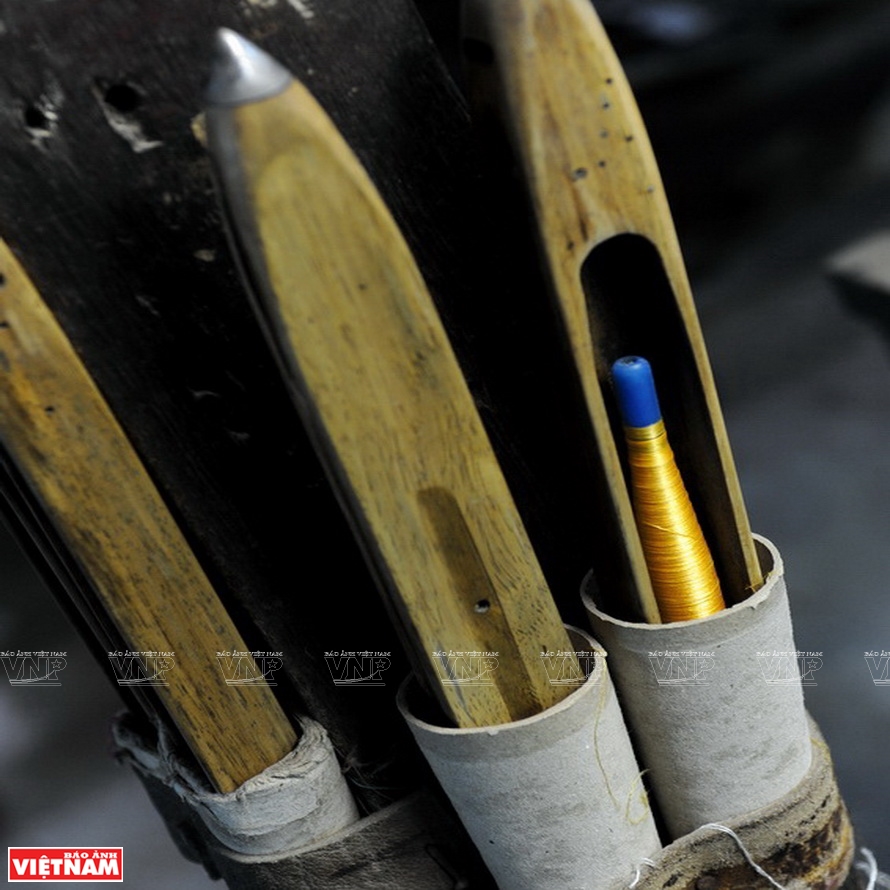 Wooden shuttles of a traditional loom. Photo: Thanh Giang Beautiful silk made in Quang Nam. Photo: Thanh Hoa High-class silk made from Ma Chau silk village. Photo: Thanh Hoa |
According to ancient records and legends from old Co Do silk village in Ba Vi, the Viet grew mulberry trees and raised silkworms from as early as 4,000 years ago. Vietnamese people from the ancient times made beautiful, smooth, glossy and durable silk with a quality as high as that of China and Japan.
| Vietnam is among the world’s top six silk producers. It is the third largest silk exporter in Asia and the 6th in the world. |
In the central region, the silk craft also flourished, especially in Quang Nam, the province home to ancient Hoi An port which was an important trading point on the waterway silk road.
Vietnam has preserved and developed its silkworm raising and silk making during the ups and downs of the craft for centuries.
The country boasts numerous traditional silk villages, including Co Do and Van Phuc in Hanoi, Nha Xa in Ha Nam, Co Chat in Nam Dinh, Duy Duyen and Ma Chau in Quang Nam, and Tan Chau in An Giang. Visiting these villages, one can explore how silk is made by artisans who possess unique skills to produce high-grade silk.
The new silk capital
DamB’ri commune in Bao Loc, Lam Dong, is known for growing mulberry trees and raising silkworms.
In the middle of an immense green mulberry field on the fertile basalt land, Le Thi Tho was picking young mulberry leaves to feed the silkworms.
Tho is a staff member at the Mulberry Faculty of the Lam Dong Experimental Agro-forestry Research Center. With her expertise, Tho invests in growing 750,000 m2 of mulberries and raising breeder silkworms. Developing silkworm breeds is now a promising business in Bao Loc, a major mulberry area in Lam Dong.
Unlike old traditional silk villages, growing mulberries and raising silkworms just developed in Bao Loc in the 1970s. Bao Loc now produces 70% of the silk output nationwide and is regarded as the capital of the industry.
|
A machine weaving quality silk to make kimonos in Bao Loc. Photo: Thanh Giang
Bao Loc silk is made on advanced production lines. Photo: Thanh Giang
Quality silk for export. Photo: Thanh Hoa Rolls of fibers for weaving silk. Photo: Thanh Hoa
A weaving machine for making high-class silk. Photo: Thanh Hoa
Workers at A Chau Silk Joint Stock Company in Bao Loc, Lam Dong. Photo: Thanh Giang
High-grade silk made in Van Phuc village. Photo: Thanh Giang
Elegant silk fashion designs. Photo: Thanh Giang
|
Bao Loc has a comprehensive large-scale silk production industry from growing mulberries, raising silkworms, spinning fiber, weaving silk, and dyeing, to producing finished products.
| Lam Dong has 5,000 ha of mulberry trees, including 500 ha in Bao Loc. The city boasts 23 export silk makers, annually producing around 1,000 tons of silk fiber from worms and 3.5 million m2 of silk. Its silk export value has reached 16-18 million US dollars yearly, accounting for 80% of the country’s total silk exports. |
Bao Loc silk products are diverse, ranging from raw silk and fabric to high-class satin for making Japanese kimonos, silk for making headdresses and turbans, and crepe de chine silk for making suits. Bao Loc silk is exported to the world’s major silk producers such as China, Japan, India, Italy and Brazil.
Vietnam has yet to become a strong silk brand in the world as it mostly exports silk fiber rather than finished products, according to Fei Jianming. He suggested that “Vietnam, which has a long silk making tradition and high-quality silk, should develop domestic production as a way to reach the world market.”
The silk industry is adopting comprehensive and long-term solutions to enhance its brand in the world’s silk market. They include developing input material zones, creating production chains, applying technology, and boosting trade promotions.
Story: Thanh Hoa - Photos: Thanh Giang, Thanh Hoa & Trinh Bo

